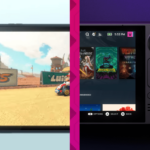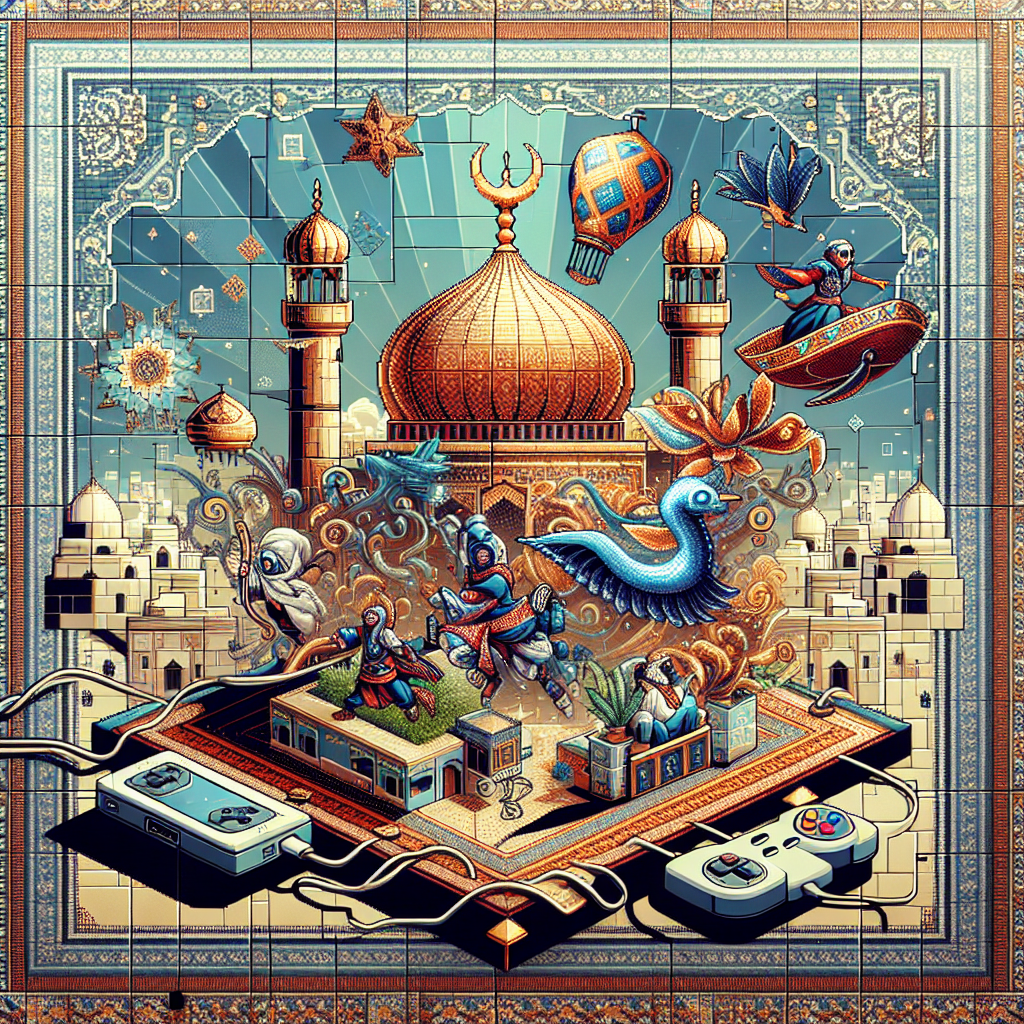Cultural Icons: How Local Folklore Shapes Video Games in the MENA Region
In recent years, the video gaming industry has burgeoned into one of the most influential forms of entertainment globally. As the digital landscape transforms, developers and creators strive to infuse their narratives with authenticity and cultural significance. Particularly in the Middle East and North Africa (MENA) region, local folklore and cultural icons serve as an abundant source of inspiration that shapes the gaming narratives, aesthetics, and character development, ultimately providing gamers with immersive experiences that are deeply rooted in their heritage.
The Rich Tapestry of MENA Folklore
The MENA region, with its rich tapestry of history, diverse cultures, and mythologies, is a treasure trove of stories waiting to be told. From ancient legends of prophets and kings to tales of courageous heroes and mystical beings, the folklore of this region provides fertile ground for storytelling in video games. The stories of Djinn, for example, continue to captivate imaginations. These supernatural beings, mentioned in Islamic texts and Arabian folklore, embody themes of mystery, power, and morality—elements that lend themselves perfectly to narrative-driven video games.
Games like "Lara Croft: Tomb Raider" have employed elements of MENA folklore in their plotlines, while independent developers have begun to create titles that delve deeper into their local mythologies. The burgeoning community of game developers across the region is increasingly eager to embrace their roots, turning folklore into gameplay mechanics and narratives that resonate with both local gamers and global audiences.
Bridging Cultures Through Gameplay
One of the standout examples of MENA folklore influencing video games is the popular title "1001 Arab Nights," which draws inspiration from the legendary collection of Middle Eastern folktales, "One Thousand and One Nights." This game, among others, uses familiar archetypes and plots, allowing players to immerse themselves in the rich storytelling tradition while engaging with gameplay that reflects regional values and themes.
Furthermore, the cultural articulation found in MENA video games creates an interface for global audiences to engage with the rich folklore of the region. The immersive worlds built in these games can serve as a bridge, fostering a deeper understanding and appreciation of MENA cultures for players from diverse backgrounds. In an age where representation matters, these games provide a much-needed voice to the narratives that are often overlooked or misrepresented in mainstream media.
Character Development: The Heart of Folkloric Stories
Character development in MENA games heavily reflects local cultural icons and myths, enriching the player’s experience by incorporating traditional values, societal themes, and moral dilemmas rooted deeply in the folklore. Characters inspired by legendary figures such as Sinbad the Sailor or Aladdin, for instance, embody the virtues of bravery, resourcefulness, and ethical integrity, traits that are celebrated in many cultures of the region.
Developers often look towards community legends and folk tales for character inspiration, crafting protagonists who navigate challenges that embody the struggles and triumphs of their people. These characters not only entertain but also educate players about local customs, values, and the importance of family and community, effectively bridging the gap between the traditional and the modern.
Challenges and Opportunities
Although the integration of local folklore into video games presents exciting opportunities, it also comes with challenges. The diverse cultures within the MENA region carry different narratives, traditions, and interpretations, which can make the process of creation challenging for developers aiming to ensure accurate representation. However, this diversity also brings a unique opportunity for storytelling; developers can collaborate across borders, enriching the gaming experience with multifaceted narratives that reflect the region’s shared, yet diverse heritage.
Moreover, the growth of online gaming and the rise of platforms that allow independent developers to share their stories promotes a flourishing creative ecosystem. Projects like the Arab Game Developers Forum and initiatives from organizations supporting local industry empowerment have ignited a wave of inspiration, resulting in games that are not only entertaining but also culturally enriching.
Conclusion
As the video gaming industry continues to expand in the MENA region, the integration of local folklore is transforming the way stories are crafted and experienced. By drawing from the abundant cultural icons that abound in this diverse region, developers are creating games that honor tradition while capturing contemporary audiences. These cultural icons serve not only as a means of entertainment but also as vessels of education and understanding, allowing players to journey through the rich and diverse tapestry of MENA’s folklore, celebrating both its past and present. In doing so, the gaming landscape in MENA is not merely reshaped; it is profoundly enriched, encouraging both players and creators to embrace and celebrate their cultural identities.




